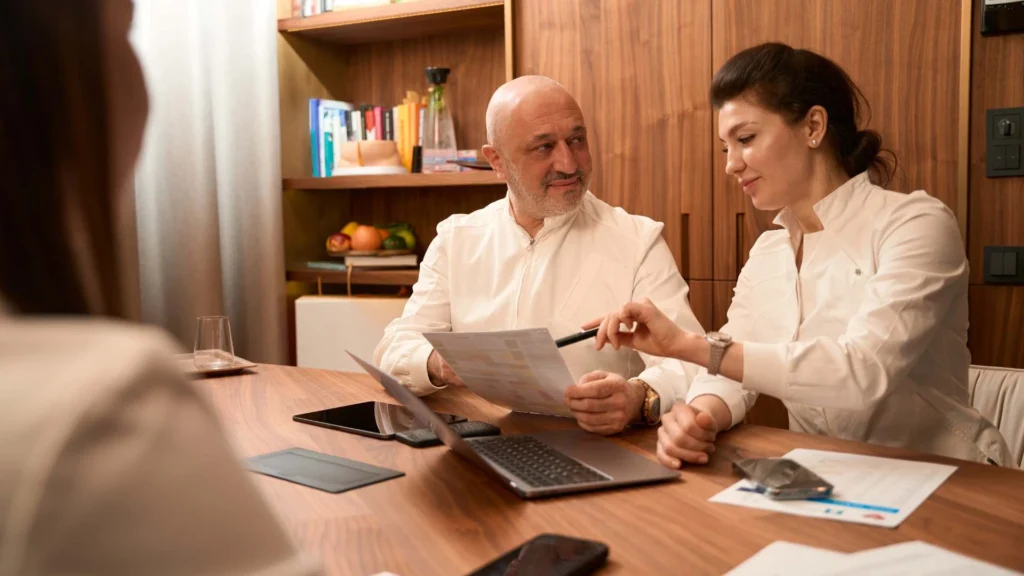Table of Contents
PayPal is an international online payment platform. It enables people to pay and receive money over the internet securely. However, occasionally, things might go wrong with a purchase. You will need to file a claim for a refund. It is key that you learn how to get a refund on PayPal. You will be better positioned to handle disputes and recover your money if possible. This guide will cover how to get a refund on PayPal, from submitting a request to resolving disputes.
Understanding When a PayPal Refund is Possible
Before diving into the process of requesting a refund, it’s essential to understand the scenarios in which a PayPal refund is possible.
Types of PayPal Transactions
There are two primary types of PayPal transactions:
- Goods & Services: These transactions are protected under PayPal’s Buyer Protection, which covers you if the item doesn’t arrive, is significantly not as described, or is defective.
- Personal Payments: These are payments made to friends or family and are not covered by PayPal’s Buyer Protection.
Default Refund Policies Set by Sellers
Each seller on PayPal may have different refund policies. It’s crucial to review these terms before making a purchase. Some sellers may offer a money-back guarantee within a specific period, while others may have stricter return policies.
How to Get a Refund on PayPal: Initiating a Refund as a Buyer
If you need a refund, the first step is to initiate the request as a buyer on PayPal.
Identifying Eligible Transactions for Refund Requests
Not all transactions are eligible for a refund. Typically, you can request a refund for:
- Items that were never received.
- Items that are significantly not as described.
Accessing the Transaction Details in Your PayPal Account Activity
To begin the refund process, log in to your PayPal account and navigate to the “Activity” section. Find the transaction for which you want to request a refund and click on it to view the details.
Initiating a Refund Request Through the Resolution Center
- Go to the PayPal Resolution Center.
- Click on “Report a Problem.”
- Select the transaction in question and choose the reason for your refund request.
- Provide any additional information or documentation that supports your case.
How to Get a Refund on PayPal: Negotiating a Refund with the Seller
In many cases, negotiating a refund directly with the seller may be quicker and easier.
Communicating with the Seller Through Secure Messaging on PayPal
You can communicate with the seller through PayPal’s secure messaging system. Be clear and polite in your message, explaining why you are requesting a refund.
Providing Clear Explanation for Refund Request and Supporting Evidence
When communicating with the seller, provide a clear explanation and any supporting evidence, such as photos or documents, to substantiate your claim.
Escalating to a PayPal Claim if a Refund is Denied
If the seller is unresponsive or unwilling to issue a refund, you can escalate the dispute to a PayPal claim.
Criteria for Escalating a Dispute to a PayPal Claim
You can escalate a dispute to a claim if:
- The seller does not respond within a reasonable time.
- The seller offers a solution that is unacceptable.
Providing Additional Details and Evidence in Your Claim
When escalating to a claim, provide all relevant details and evidence to support your case. This can include correspondence with the seller, photos of the item, and any other documentation.
Understanding PayPal’s Review Process and Timeline
PayPal’s review process can take up to 30 days. During this time, PayPal will review the information provided by both parties and make a decision.

Winning Your PayPal Dispute and Receiving a Refund
Once PayPal reviews your claim, they will decide based on the evidence provided.
Factors Influencing PayPal’s Decision on Your Claim
Several factors can influence PayPal’s decision, including:
- The evidence provided by both parties.
- The nature of the dispute.
- PayPal’s Buyer Protection policies.
Possible Outcomes: Full Refund, Partial Refund, No Refund
The outcome of your claim can be:
- A full refund.
- A partial refund.
- No refund if PayPal finds in favor of the seller.
Protecting Yourself from Unwanted Purchases: Buyer Protection
PayPal Buyer Protection is a safeguard for buyers, but it’s essential to understand its guidelines and limitations.
Understanding PayPal Buyer Protection Guidelines and Limitations
Buyer Protection covers eligible purchases for items that are not received or are significantly different from what was described. However, it does not cover:
- Intangible items (e.g., digital goods).
- Custom-made items.
- Payments sent as “personal” transactions.
Importance of Reviewing Seller Reviews and Feedback Before Purchase
Always review the seller’s feedback and ratings before purchasing to minimize the risk of needing a refund. This can give you insight into their reliability and the quality of their products.
Seller Initiated Refunds on PayPal
Sellers can also initiate refunds for various reasons, such as order cancellations or returns.
How Sellers Issue Refunds Through the PayPal Platform
Sellers can issue refunds directly through the PayPal platform by:
- Going to the “Activity” section.
- Finding the transaction and clicking on it.
- Click “Issue a refund” and follow the prompts.
Receiving Notification and Tracking Refund Status in Your Account
PayPal will notify you once a refund is issued. You can track the status of your refund in your account under the “Activity” section.
Additional Resources for PayPal Refunds
If you need further assistance with a refund, additional resources are available.
PayPal Resolution Center Help Page
The PayPal Resolution Center Help Page provides detailed information on how to handle disputes and refunds. It is a valuable resource for understanding the process and finding answers to common questions.
Contacting PayPal Customer Service for Further Assistance
If you cannot resolve your issue through the Resolution Center, you can contact PayPal customer service for additional help. They can provide guidance and support for complex refund cases.
Conclusion
Knowing how to get a refund on PayPal is crucial for buyer protection and the assurance of money return if something goes wrong. With these steps in this overview, you will be appropriately guided through the process of a refund request to dispute resolution. Always remember to check out the seller’s policies and feedback before purchasing, and ensure that all transactions are covered under PayPal Buyer Protection.
For any financial aid, you can check out Beem. It is a smart wallet app with numerous features, from cash advances to help with budgeting and even tax calculations. In addition, Beem’s Everdraft™ lets you withdraw up to $1,000 instantly and with no checks. Download the app here.
FAQs About How to Get a Refund on PayPal
How long does it take to get a refund on PayPal?
PayPal refunds typically take up to 30 days to process, depending on the complexity of the case and the seller’s responsiveness.
What can I do if a seller is not responding to my refund request on PayPal?
If a seller is not responding, you can escalate the dispute to a PayPal claim. Provide all relevant details and evidence to support your case in the PayPal Resolution Center.
What are the limitations of PayPal Buyer Protection?
PayPal Buyer Protection does not cover intangible items, custom-made items, or payments sent as personal transactions. Always review the protection guidelines to understand what is covered.
















































